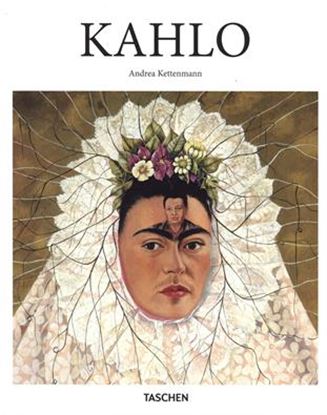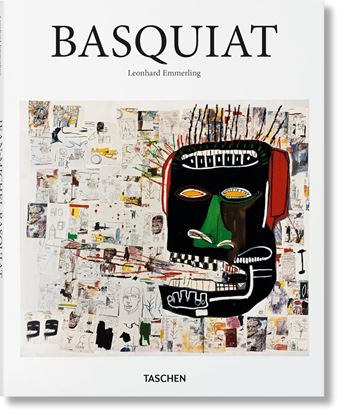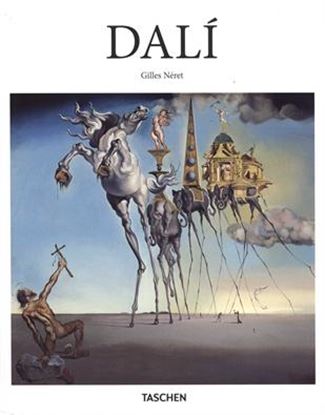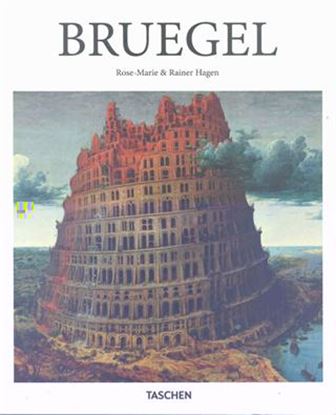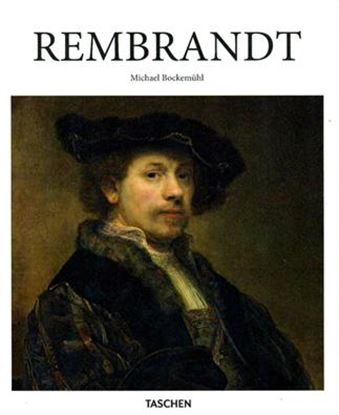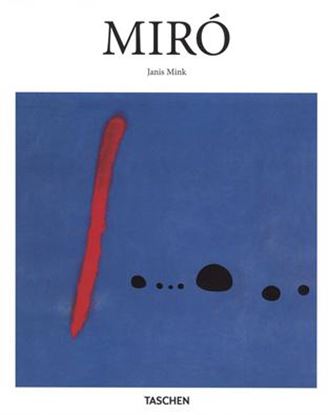

KAHLO (BA-ART)
Las cautivadoras imágenes creadas por Frida Kahlo (1907-1954) son, en muchos sentidos, la manifestación de un trauma. Sufrió un accidente de tráfico casi mortal a los 18 años, numerosos problemas de salud, un matrimonio turbulento y varios abortos que le impidieron tener hijos y, sin embargo, supo transformar todas sus aflicciones en arte revolucionario.
En sus autorretratos reales y metafóricos, Kahlo contempla al espectador con una mirada audaz, negándose a ser una víctima pasiva y entrelazando símbolos de su experiencia en un híbrido lenguaje de vida surrealista: pelo, raíces, venas, enredaderas, tentáculos y trompas de Falopio. Muchas de sus obras también exploran los ideales políticos comunistas, que Kahlo compartía con Rivera. La artista describió sus cuadros como «lo más sincero que podía hacer para expresar lo que siento dentro y fuera de mi ser».
Este libro ofrece un amplio repaso de la obra de Kahlo, que descubre su inagotable determinación como artista y su importancia como pintora, icono feminista y pionera en la cultura latinoamericana.
1,350
1,013
DALI (BA-ART)
Pintor, escultor, escritor, cineasta y un auténtico showman, Salvador Dalí (1904-1989) fue uno de los personajes más exhibicionistas y excéntricos del siglo xx. Pionero en introducir en el arte las ideas del psicoanálisis freudiano, es célebre en particular por sus prácticas surrealistas, con ideas tales como los relojes blandos o el teléfono langosta, que se han convertido en iconos del movimiento surrealista y del arte moderno en general.
Dalí solía describir sus cuadros como «fotografías de sueños pintadas a mano». La precisa representación de elementos estrambóticos y su disposición incongruente crean una incitante tensión e interés. El mismo Dalí explicó que pintaba con «el afán de la precisión más imperialista», pero solo «para sistematizar la confusión y contribuir al descrédito total del mundo de la realidad».
Con su peculiar bigote revolucionó el papel del artista representando a un personaje polémico en la esfera pública y creando obras que, además de contemplarse en las paredes de las galerías, podían consumirse en el ámbito de las artes gráficas, la moda, la publicidad, la escritura y el cine.
Este libro descubre las pinturas y la personalidad de Dalí, mostrando no solo su destreza técnica sino también sus composiciones provocadoras y sus temas estimulantes, como la muerte, la decadencia y el erotismo.
1,350
1,013
BRUEGEL (BA-ART) (ES)
El gran artista Pieter Bruegel el Viejo (h. 1526/31-1569) fue un pintor y dibujante dotado de una inventiva extraordinaria que hizo historia a través de sus hermosos paisajes, sus motivos religiosos, notables por su autenticidad, y su reflejo de la vida cotidiana. Bruegel destaca sobre todo por su representación del mundo campesino y la cultura popular, ganándose el apodo de Bruegel el Campesino. Ya fuera con su retrato de cazadores temblando en medio de la nieve o la escena de una feria bulliciosa, Bruegel elevó la agricultura, las fiestas, las reuniones y los juegos del mundo rural a la categoría de arte.
1,350
1,013
REMBRANDT (BA-ART)
Aunque nunca salió de su tierra natal en los Países Bajos, Rembrandt van Rijn(1606-1669) cambió el curso del arte occidental con su extenso repetorio de pinturas, dibujos y grabados. Su prolífica obra abarca escenas religiosas, históricas y seculares, así como una de las más extraordinarias series de retratos y autorretratos de la historia.
1,350
1,013
MIRO (BA-ART)
El gran soñador
La huella lírica y caleidoscópica de un maestro moderno
Con una carrera artística que se desarrolló a lo largo de siete décadas, Joan Miró (1893-1983)fue un titán renacentista del arte moderno. Creó obras maestras en disciplinas creativas tan diferentes como la pintura, la escultura, los libros de arte, los tapices y la cerámica, y asimiló influencias artísticas tan variadas como el fauvismo, el surrealismo, el dadaísmo, el realismo mágico, el cubismo y el arte abstracto.
1,350
1,013


